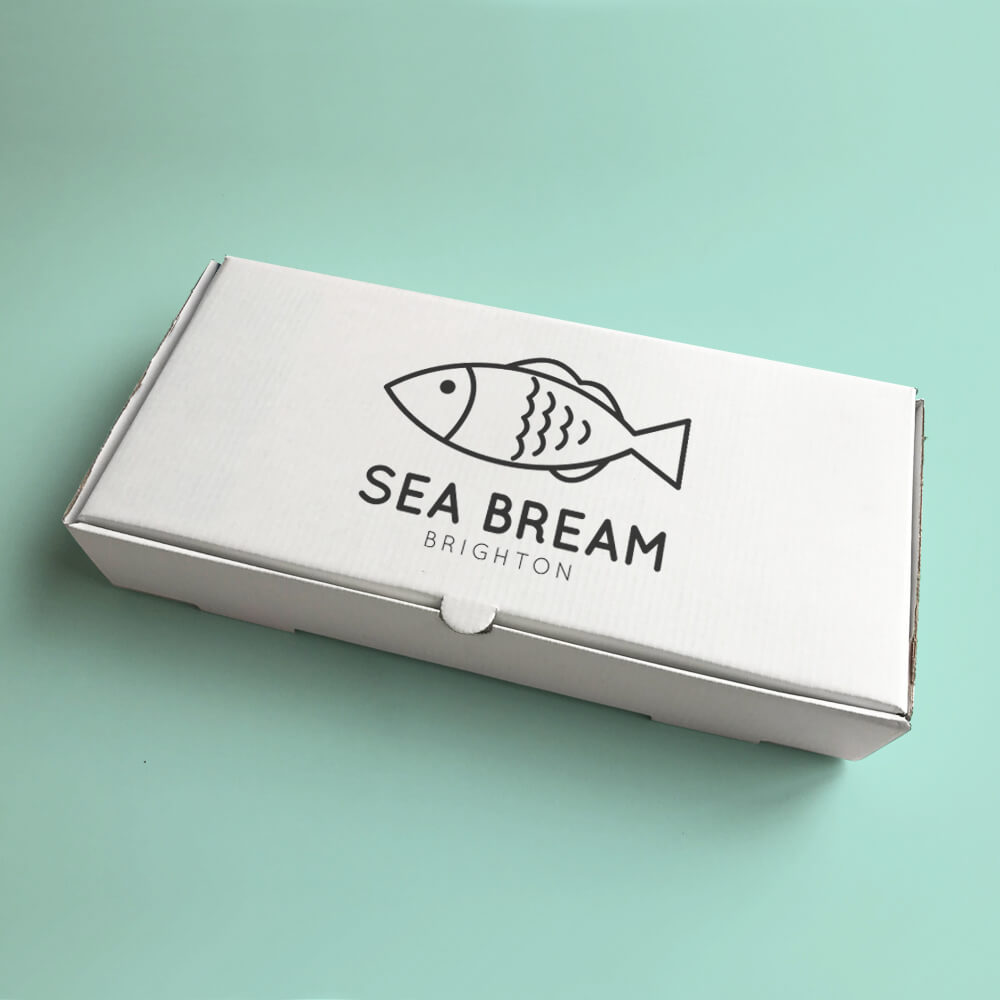The Environmental Impact of Plastic Cups
Plastic cups have become ubiquitous in our daily lives, serving as convenient, single-use containers for parties, picnics, and various events. However, beneath their convenience lies a significant environmental concern that warrants attention. As the world grapples with the consequences of plastic pollution, understanding the impact of plastic cups is essential.
One of the most alarming aspects of plastic cups is their contribution to waste. Statistics reveal that billions of plastic cups are used and discarded every year. Unlike materials such as glass or metal, which can be recycled multiple times, most plastic cups are made from polystyrene and other non-biodegradable materials. This means that once they are thrown away, they can remain in landfills for hundreds of years, leaching harmful chemicals into the soil and groundwater.
The recycling rate for plastic cups is shockingly low
. Although many municipalities offer recycling programs, plastic cups often end up in the trash due to contamination from food or drink residues. This failure in the recycling process exacerbates the problem, as more plastic is produced to meet the demand, leading to increased fossil fuel consumption and greenhouse gas emissions.plastic cups

Moreover, plastic cups contribute significantly to marine pollution. A large portion of plastic waste finds its way into oceans, harming marine life and disrupting ecosystems. Sea turtles, birds, and fish are often found ingesting plastic debris, mistaking it for food. This not only leads to the suffering and death of countless animals but also poses a risk to human health when these contaminants enter the food chain.
In recognition of these issues, many organizations and communities are taking steps to reduce the use of plastic cups. Some are opting for biodegradable alternatives made from plant-based materials, which decompose more quickly and have a smaller environmental footprint. Others are promoting reusable cups, encouraging people to adopt more sustainable habits. Events like festivals and concerts are increasingly implementing policies to use only reusable cups, significantly decreasing the amount of waste produced.
Education also plays a critical role in addressing the plastic cup dilemma. Raising awareness about the environmental impacts of single-use plastics can inspire individuals and businesses to make more sustainable choices. Programs that educate consumers about proper recycling practices and alternatives to plastic cups can create a ripple effect, leading to larger systemic changes.
In conclusion, while plastic cups offer undeniable convenience, their environmental costs are profound. By understanding the implications of our choices and advocating for sustainable alternatives, we can help mitigate the impact of plastic pollution. The shift from single-use plastic to reusable and eco-friendly options is essential not only for the health of our planet but also for future generations. Embracing this change might seem small, but collectively, every effort counts in the fight against plastic pollution. As we strive for a more sustainable future, reconsidering our reliance on plastic cups is a crucial step forward.



